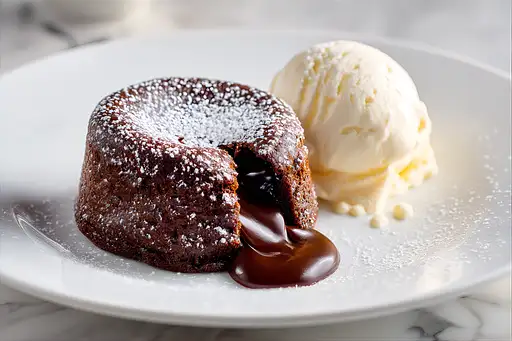4 months ago
Make a simple LOGO/Symbol that represents the following information..
History of the Hakka People - Key Points
Here's a breakdown of Hakka history in point form, covering their origins,
migrations, culture, and modern situation:
**I. Origins & Early History (Pre-Song Dynasty - Before 960 AD)**
* **Han Chinese Roots:** The Hakka are a subgroup of the Han Chinese, *not* a
separate ethnic group. Their name “Hakka” (客家) literally means “guest
families.”
* **Northern Origins:** Most scholars believe the Hakka originated from areas
of North and Central China (Henan, Shanxi, Shaanxi) during periods of
upheaval.
* **Multiple Migrations:** They weren’t a single migration, but *waves* of
migration southward over centuries, starting as early as the Qin and Han
dynasties (221 BC – 220 AD).
* **Avoiding Conflict:** These migrations were often driven by political
instability, war, and famine. The Hakka tended to move *away* from conflict,
not to conquer.
* **Early Settlers in Jiangxi:** The Jiangxi province became an early and
important staging ground for their southern migrations.
**II. The Long Migration & Settlement (Song - Ming Dynasties - 960 - 1644
AD)**
* **Southern Migration Intensifies:** The Song Dynasty (960-1279) saw a
significant acceleration of Hakka migration southwards.
* **Conflict with Existing Populations:** As they moved south, the Hakka
often settled in marginal lands or areas already inhabited by other groups
(including other Han Chinese, and minority groups like the She and Yao).
This led to frequent conflicts and clashes.
* **“Guest” Status:** They were often seen as outsiders or "guests" by the
existing populations, hence the name “Hakka.” They were often denied full
integration.
* **Settlement in Guangdong, Fujian, Jiangxi:** The Hakka eventually settled
primarily in the provinces of Guangdong, Fujian, and Jiangxi, as well as
parts of Sichuan, Hunan, and Guangxi.
* **Fortified Villages (Weitou):** Due to constant threats and conflict, the
Hakka developed a unique architectural style – fortified, circular villages
known as *Weitou* (围头). These served as both homes and defensive
structures.
* **Development of Distinct Culture:** During this period of
migration and isolation, the Hakka developed their own distinct language,
customs, and traditions.
**III. Qing Dynasty & Modern Era (1644 - Present)**
* **Qing Dynasty Stability:** The Qing Dynasty (1644-1912) brought a period
of relative stability, allowing the Hakka to consolidate their settlements
and develop their economy.
* **Continued Marginalization:** However, they remained largely marginalized
from mainstream Chinese society, often facing discrimination and economic
hardship.
* **Taiping Rebellion (1850-1864):** A significant number of Hakka joined the
Taiping Rebellion, a large-scale uprising against the Qing Dynasty. This
further complicated their relationship with the central government.
* **Overseas Migration:** In the late 19th and early 20th centuries, many
Hakka emigrated overseas, primarily to Southeast Asia (Malaysia, Indonesia,
Thailand, Singapore) and other parts of the world. They became successful
merchants and entrepreneurs.
* **Communist Revolution (1949):** After the Communist Revolution in 1949,
the Hakka were initially seen as a potentially rebellious group due to their
history of independence and resistance.
* **Recognized as a Minority Group:** In the 1990s, the Chinese government
officially recognized the Hakka as one of China’s 56 ethnic groups, though
they are still considered a subgroup of the Han Chinese.
* **Cultural Revival & Tourism:** In recent decades, there has been a growing
interest in Hakka culture and heritage, with efforts to preserve their
traditions, language, and architecture. Hakka villages are becoming popular
tourist destinations.
* **Diaspora Connections:** The Hakka diaspora remains strong, with
significant communities around the world maintaining connections to their
ancestral homeland.
**Key Characteristics of Hakka Culture:**
* **Language:** Hakka language (Hakka Hua), a Sinitic language distinct from
Mandarin and Cantonese.
* **Architecture:** Circular fortified villages (Weitou).
* **Cuisine:** Unique Hakka cuisine, known for preserved foods, stuffed tofu,
and savory flavors.
* **Ancestor Veneration:** Strong emphasis on ancestor worship.
* **Matrilineal Traditions (in some areas):** Some Hakka communities retain
elements of matrilineal inheritance and family structures.
* **Emphasis on Education:** Historically, the Hakka placed a high value on
education.
This list provides a concise overview of Hakka history and culture. It’s a
complex and fascinating story of migration, adaptation, and resilience.


